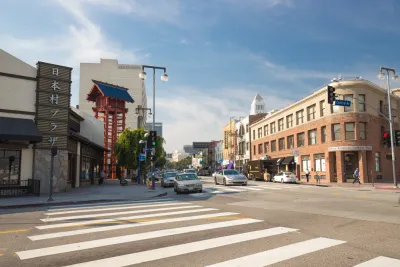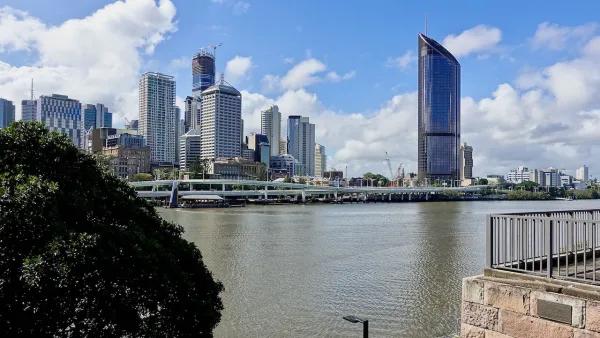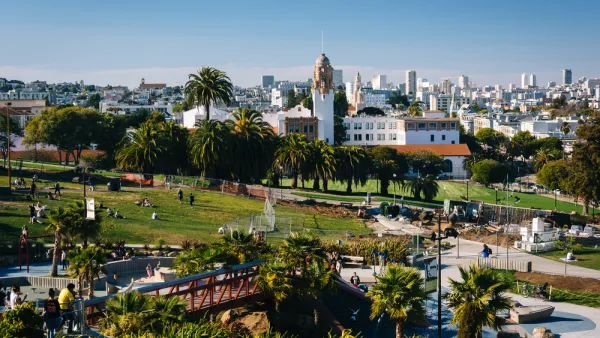In the wake of rapid gentrification, an organization in Los Angeles is leveraging the arts to celebrate a community's rich heritage and keep social equity a priority.

In an epic poem about “place and people and art in four parts,” traci kato-kiriyama, a multi-disciplinary artist and community organizer with deep roots in the Little Tokyo community, pays tribute to artists of Japanese descent who were imprisoned in American concentration camps during World War II. Their art was “created to survive the insanity of injustice, to thrive past the stench of forced silence,” writes kato-kiriyama, who is also a co-founder of Tuesday Night Project, which presents the longest running Asian-American open mic series in the country. Art was a lifeline not just for the individual artists, but for an entire community of people forcibly removed from their homes and neighborhoods and targeted for belonging to an ethnicity that was suddenly labeled as an “enemy.” Making art was a way to confront and resist the discrimination Japanese-Americans endured at the hands of their own government, a reassurance of humanity. “Art—the lightning between the synapses, the conversation between hearts, the amplification of our history, why any good argument begins with [an] anecdote—this is the necessity of art, to help us draw from a different well when the ones we’ve always used have run dry,” kato-kiriyama writes.
Her reflection on the role of art comes at a critical time for the neighborhood. Throughout its 130-year history, Little Tokyo has pushed back against discrimination, the impact of wartime internment, and economic devastation. Today, it is one of only three Japantowns left in the United States.
FULL STORY: Preserving the Character of Little Tokyo

Analysis: Cybertruck Fatality Rate Far Exceeds That of Ford Pinto
The Tesla Cybertruck was recalled seven times last year.

National Parks Layoffs Will Cause Communities to Lose Billions
Thousands of essential park workers were laid off this week, just before the busy spring break season.

Retro-silient?: America’s First “Eco-burb,” The Woodlands Turns 50
A master-planned community north of Houston offers lessons on green infrastructure and resilient design, but falls short of its founder’s lofty affordability and walkability goals.

Test News Post 1
This is a summary

Analysis: Cybertruck Fatality Rate Far Exceeds That of Ford Pinto
The Tesla Cybertruck was recalled seven times last year.

Test News Headline 46
Test for the image on the front page.
Urban Design for Planners 1: Software Tools
This six-course series explores essential urban design concepts using open source software and equips planners with the tools they need to participate fully in the urban design process.
Planning for Universal Design
Learn the tools for implementing Universal Design in planning regulations.
EMC Planning Group, Inc.
Planetizen
Planetizen
Mpact (formerly Rail~Volution)
Great Falls Development Authority, Inc.
HUDs Office of Policy Development and Research
NYU Wagner Graduate School of Public Service



























